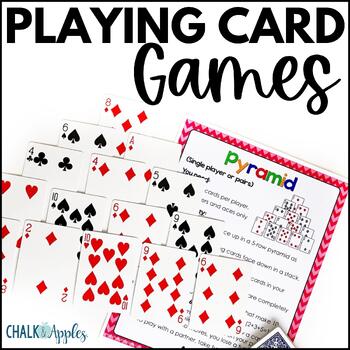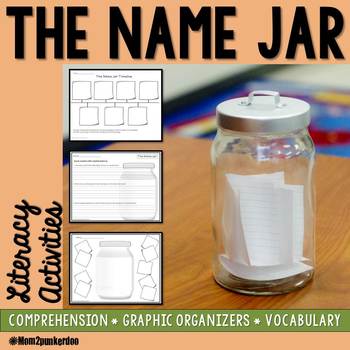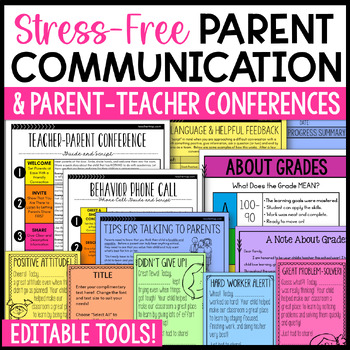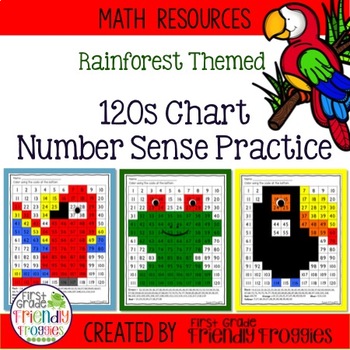Have a Plan
Start the year with a plan, do not try to pull it together as you go along. As soon as you know that you have an ESL student in your class, or on your grade level, you should be planning how to include them and their families in everything throughout the year.
Plan how you will effectively communicate with the family as well as how you will make sure they feel included and valued in the school community.
Involve a Translator
If you have any concern at all that there is a language barrier then involve a translator. Where I taught the predominant second language was Spanish, and while I can get around the language enough to get my point across it isn't pretty. When speaking to a family about their student there is not time for that. If you are not fluent in the language find someone who is. There are so many nuances to language that even mispronouncing a single word can greatly change the meaning of what you are trying to say.
I was fortunate enough to have a coworker, or seven, that spoke Spanish natively and they were all more than happy to help. If you are able to involve a coworker in conferences as a translator it is absolutely amazing. Not only do you get to have another educator in the room in order to bounce ideas off of, but you get the freedom to communicate freely with the family and they with you that you wouldn't have if you were trying to muddle your way through on your own.
Having a translator also allows a family to have another point of contact within the school. This is a win-win for everyone because really, who can't use another person to be able to talk to about our students?
What happens when you don't have anyone who can translate? There are a variety of tools that you can use. I would recommend using a live translator at all costs. There are several companies that provide this service. I have not used any of them personally, so will not endorse a particular one.
Translate EVERYTHING
I mean everything. A note that you send home congratulating them on an accomplishment, a notice about a school event, or parent teacher conference sign up. It should never be a struggle for a family to be a part of their student's education. Never.
Along these lines, don't count on Google to translate for you. It can be a starting place, but really lean on the native speakers that you know for translations. It can make a world of difference.
Use a Strength Based Approach
ESL students and families are all too used to being told what they are unable to do, and while it is good to set goals for improvement it is absolutely vital that we celebrate their strengths and build upon them to find further success.
This can be achieved by placing importance on the student's native language and culture. We need our students to know that they are valued as they are, and that being bilingual is an amazing thing. A thing that quite honestly I have real jealously issues with. Along with this, find out what your student and their family are passionate about and use that in your classroom. Invite your student and their family to share their passions with your class and really build them up as the expert of their knowledge.
Consider Their Culture
When I first started teaching it was in an area where we had a high population of Hispanic ESL students. Their families valued education incredibly highly, and felt that the teacher was the authority on all things involving their child. When I would ask for advice from the family they would avert their eyes and tell me to do what I thought. While I appreciated the respect that I received from them I wanted to have more of a school-home team approach. It wasn't until I understood where they were coming from that I began to be able to really build that team and ask for their help in meaningful ways.
This is not to say that this will be the situation everywhere. Even within particular cultures attitudes towards education can vary widely. What is important to remember is to meet every family where they are, just like we do our students. Some families are ready from the beginning to be very involved in their students' classrooms while others aren't comfortable. It is our job as teachers to make sure that every family feels welcome in the school community.
Another side of considering a family's culture is how they honor or celebrate holidays throughout the year. Some families may miss days of school due to religious holidays and others may feel out of place when holidays are being discussed. Make sure to include families in any planning for times of the year that might be sensitive. Why not invite your students' families in to share their cultures?
Ask for Their Advice
Whenever I meet any family I make sure that they know I consider them the authority when it comes to their student. This means that they can expect me to come to them for advice when we are struggling in class as well as how to celebrate their successes.
I have found that any family finds it flattering to know that I care a great deal what their feelings are, but families that feel that they don't quite fit into the school community value it highly. This comes from the feeling that they have some control over their student's education and aren't sending them off to this foreign place all day.
Share How Your School Works
Being in the education system day in and day out kind of hardens us against how the system works, but when families are new to an area they may not know. Take the time to show families how it all works. This might mean sharing your school handbook and going over it, showing your families the library and how to check out and return books, and sharing the cafeteria menu and how to read it. Sometimes just a school tour can make a world of difference.
 I also think that every family should know the rights that their student has as well as how to ask for more help. This means their educational rights as well as how to apply for things such as reduced lunch, after school care, clubs, tutoring, enrichment, or any other opportunities that they may not already know about.
I also think that every family should know the rights that their student has as well as how to ask for more help. This means their educational rights as well as how to apply for things such as reduced lunch, after school care, clubs, tutoring, enrichment, or any other opportunities that they may not already know about. Encourage Opportunities
Sometimes students and their families just need to know about an opportunity in order to take advantage of it. Not all opportunities are publicly advertised, so it is up to us as teachers to make sure that they know.
Some opportunities might include summer camps, after school clubs, continuing education for adults, or community events.
Visit Them at Home
There is nothing like a home visit to build a bond between you and your families. I would never advocate just showing up, but an arranged home visit can be really life changing. I have really turned some corners with families after visiting them at home.
It doesn't have to be anything fancy, just a visit to let the family know that they are valued and you care about them. Some ideas for home visits are:
-bringing by a flyer with school or community events
-playing a game with your student and their family
-a general welcome to the area
There are a million more ways that you could do a home visit. In the past I have invited a native speaker from our school to come as well.
In the end, the most important thing is to make it personal, make sure that every family feels that they are valued, and give each family an opportunity to be involved.
Want More Ideas for Working With Parents?








































0 comments:
Post a Comment